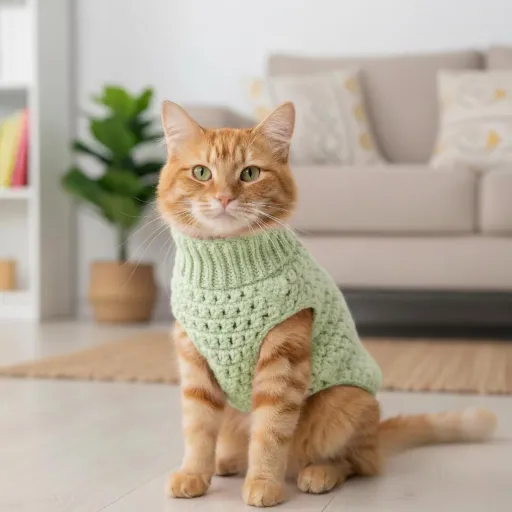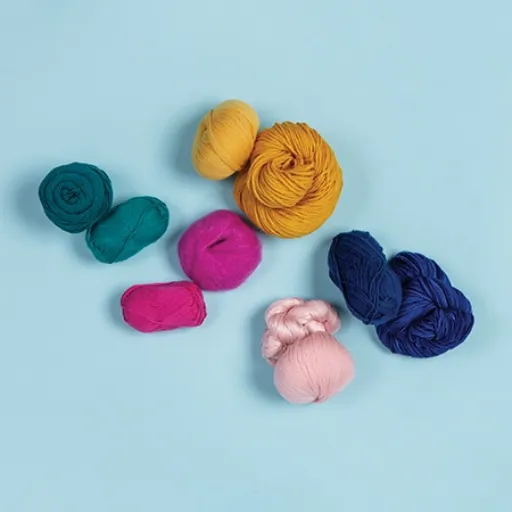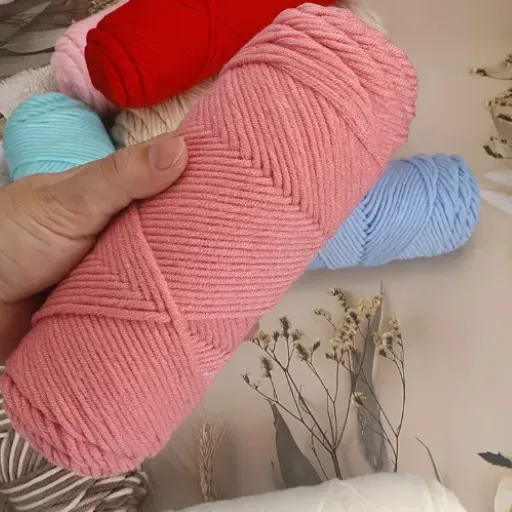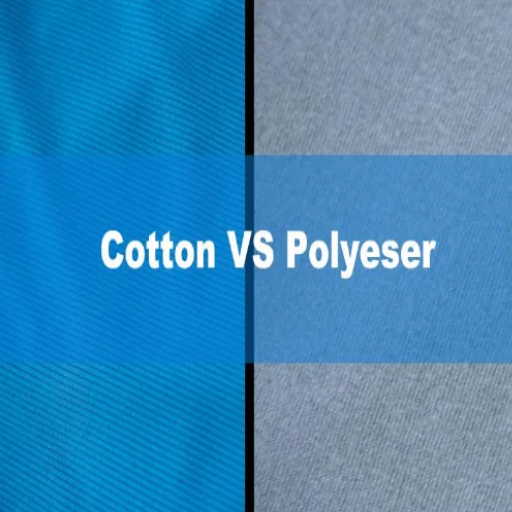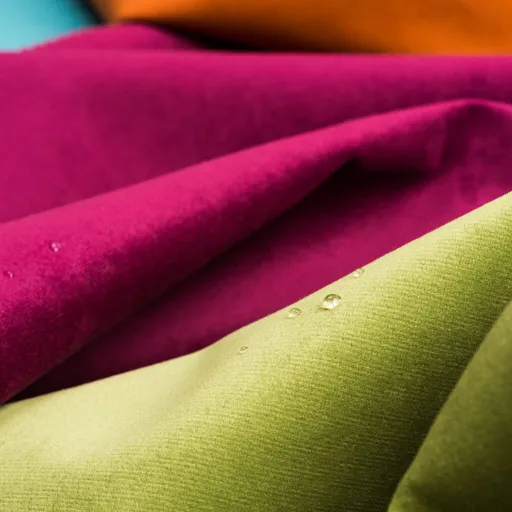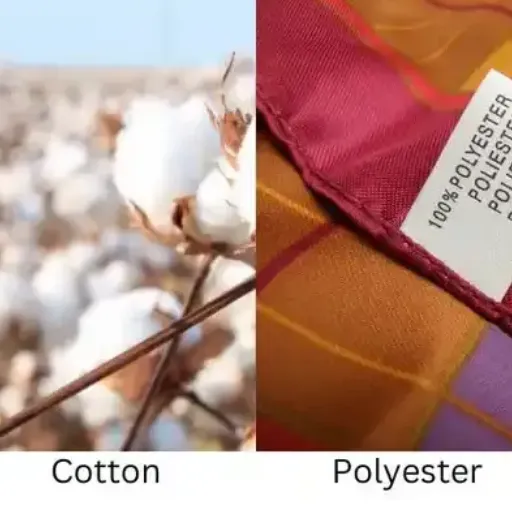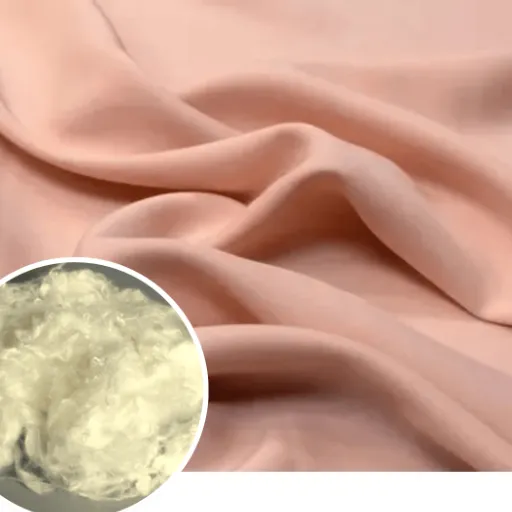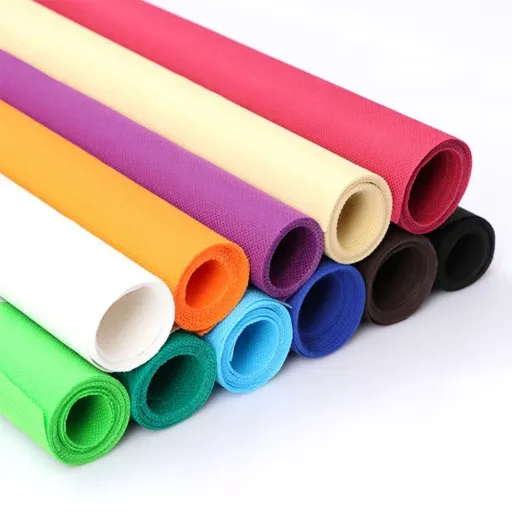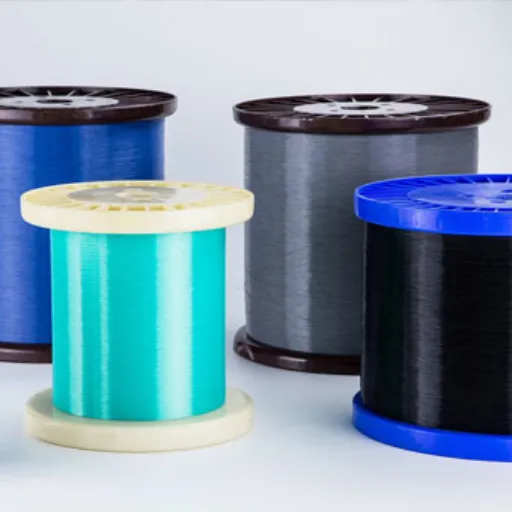The textile universe is today gripped by viscose rayon, admired for its versatility and softness and for being close to natural fibers such as cotton or silk. This semi-synthetic fiber turns out to be perfectly placed between luxury and affordability so that thousands of wardrobes and industries depend on it. But what is viscose rayon and how is this fabric made? The blog post takes one inside the fascinating world of viscose rayon-the origin, production, and what makes it famous among so many. Whether you’ve been a fashion follower, an industry insider, or simply a curious fellow-about-the-clothes, this article promises to equip you with the complete understanding of this innovative material.
History of Viscose

Origins of Viscose Production
Originating in the late nineteenth century, viscose production emerged out of the need for an inexpensive yet adaptable alternative to silk. In 1891, it was first produced by British scientists Charles Cross, Edward Bevan, and Clayton Beadle, who found a process to create a regenerable fiber from cellulose taken from wood pulp or cotton linters. By chemically treating cellulose, they were able to produce a material of low cost with a wide range of applications. This discovery thus marks the entry of viscose into widespread manufacture and use as a fabric.
Key Innovation: The process begins with the chemical treatment of cellulose by sodium hydroxide and carbon disulfide to obtain a viscous, honey-like liquor. The liquor is then sprayed through spinnerets and immersed in a chemical bath that solidifies it into fibers, which is why the fibers are called viscose rayon-the very versatile material.
The fact that cellulose could be easily extracted from plants rendered viscose produced on an industrial scale quite affordable, thus permitting further enlargement of its sphere of popularity. The dawn of the early 20th century secured international fame for viscose, competing and replacing many applications that had come to the limelight for being more costly materials, at times silk. Due to its soft feel, airy nature, bright colors, and versatility in its modulating dyes, it was best suited for making apparel and textiles. This novel application of converting wood pulp into silky fibers earned the fabric “viscose” a proud place in the fashion and textile industry till today, influencing them profoundly.
Key Developments in Viscose Manufacturing
With the twin forces of technological changes and sustainability demands, great developments have come to the viscose landscape of manufacturing. The art of viscose-making in earlier times was largely manual and employed hazardous chemicals that were detrimental to workers and the environment. As time passed, this, among other things, was improved upon in terms of technology and operational methods, ending inefficiencies and improving the quality of fibers produced. Today, viscose production processes are increasingly by automated methods, aimed at keeping zealous consistency and higher measures of safety on the output.
Sustainability Focus
Closed-loop systems allow chemical recovery and reuse, reducing waste and environmental strain.
Responsible Sourcing
Certified wood pulp from sustainable forestry practices are becoming industry standard.
Further evolution in the dyeing and finishing techniques has improved the scope of using viscose fabrics. Eco-friendly techniques for dyeing requiring less water and energy have been developed, ensuring that the service of applying vibrant colors to viscose textiles does not drain resources. Increased utilization of blending viscose with other fibers has led to an ever-widening canvas of applications for the fiber, thus promoting use in varied products. This constant quest is evidence of the ongoing effort to balance performance, sustainability, and consumer-oriented packaging.
Evolution of Viscose Rayon Fabric
Ever since its conception, it has greatly moved and now works with technology and consumers’ demands. Having been sold off as the silk alternative in the late 19th century, viscose was sought after for its ability to bestow upon cloth a glory similar to that of silk and an extreme softness: by far cheaper to produce. Production was more labor-intensive and resource-consumptive in its initial steps of development; hence, with continuous research and development, the production methods are sturdily standing on greener ground today.
One big highlight in its evolution has been a push for sustainability. Cleaner production techniques, which involve the closed-loop system that recycles solvents and cuts down on waste, have been introduced. On the other hand, eco dyes and finishes have been implemented to further lessen the impact on the environment of viscose fabrics. This progress is parallel to increased consumer awareness about sustainable fashion and has thereby turned viscose into fashionable modern textiles on this conscious level.
By mixing with other fibers, viscose rayon is more durable and functional nowadays. The versatility of viscose allows it to do anything from clothing to home textiles and to industrial products. Such developments prove the fiber as a fiber which has maintained the good looks of viscose, has offered good service, and has looked into environmental considerations, ensuring its focus in the future of green materials.
Understanding Viscose Fiber
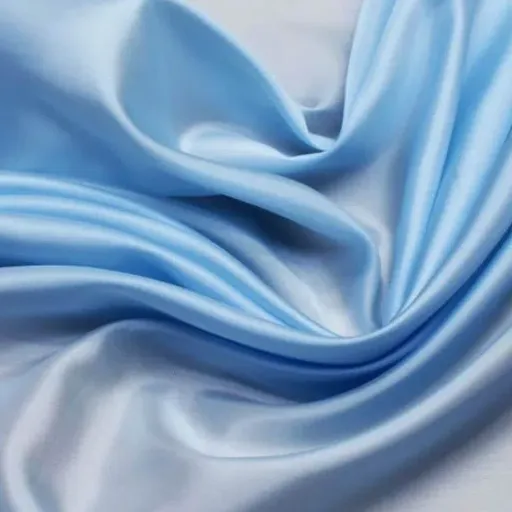
What is Viscose Fiber?
Viscose is a kind of semi-synthetic fiber. It is made from cellulose, typically extracted from wood pulp or other natural raw materials such as bamboo. Cellulose undergoes chemical treatment to fabricate this versatile fiber, which somewhat resembles natural fibers in properties like cotton or silk. Known for its soft feel, breathability, and smooth look, viscose is put to various uses consisting of clothing, upholstery, and industrial products.
Key Characteristics of Viscose:
- Semi-synthetic fiber made from cellulose
- Soft texture similar to cotton or silk
- Excellent breathability and moisture absorption
- Cost-effective alternative to natural luxury fibers
- Versatile applications across industries
Despite many merits, though, the production of viscose fibers has become controversial because of the use of certain chemicals during manufacture that may cause pollution if left unchecked. Modern improvements in sustainable processing and recycling techniques have further enhanced their environmental friendliness, allowing for the manufacture of viscose with considerably less ecological impact. Balancing functionality with cost and ecology has put viscose in the spotlight as one of the merging materials into the future of textiles.
Properties and Characteristics of Viscose
It is this silky texture and lustrous touch which make the viscose an option of fabrics for fashion and interior designers. Its softness makes it comfortable against the skin in the summertime; it permits air circulation and moisture to pass throughout. Besides being exceedingly soft, it also bears a sheen that adds beauty to it.
| Property | Characteristic | Benefit |
|---|---|---|
| Texture | Silky and smooth | Comfortable against skin |
| Breathability | Excellent air circulation | Suitable for warm climates |
| Dye Absorption | High color retention | Vibrant, lasting colors |
| Drape | Fluid and lightweight | Elegant garment design |
Conversely, viscose requires special attention in its care. It does maintain good resistance under normal conditions but tends to shrink and lose its strength when wet, and that is why it requires gentle washing means. New fabric treatments and blending with other fibers have improved its resistance and overall serviceability, leading to its wider acceptance also.
Viscose vs. Other Fiber Types
Characteristics-wise, a viscose fiber poses some positive as well as challenging aspects while being compared with other fiber types. Being from the natural world (due to its wood-pulp origin), viscose is a semi-synthetic material. Hence, it tends to have a softer feel and lets the skin breathe more than synthetics, much like natural fibers such as cotton and silk, giving it a reputation for making comfortable and delicate apparel. However, in moisture-wicking abilities, it does some lagging of its own, given that natural fibers such as wool do notice its approach, not to speak of high-tech synthetics meant for endurance.
| Fiber Type | Softness | Durability | Cost | Environmental Impact |
|---|---|---|---|---|
| Viscose | High | Medium | Low | Variable |
| Cotton | High | High | Medium | Medium |
| Silk | Very High | Medium | High | Low |
| Polyester | Low | Very High | Very Low | Poor |
Another important comparison could be made for measuring the significance of environmental impact. Even though environmentally convenient due to its existence in renewable source status, if otherwise not properly controlled during the production process, a chemical-intense production process will be detrimental to the environment. Polyester, on the other hand, is petroleum-based and does pollute but does offer durability and low maintenance as claimed. Alternatively, natural fibers such as wool are considered more sustainable but cannot hold a candle to the affordability and versatility offered by viscose. These differences give the advantage of comfort and affordability to viscose, but on some occasions, it is unable to outdo other fibers in durability and ecological impact.
The Viscose Manufacturing Process
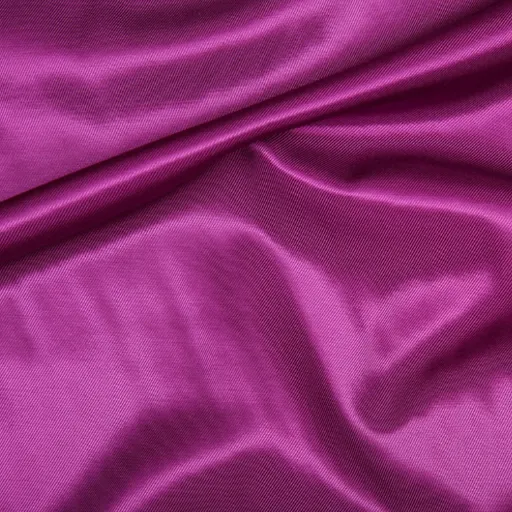
Step-by-Step Production Process of Viscose
Manufacturing Steps:
The preparation of cellulose fibers: Viscose production goes on from cellulose fibers, mostly derived from wood pulp or cotton linters. These raw materials are purified to get rid of impurities, soaked in a chemical solution like caustic soda (sodium hydroxide) to convert them into alkali cellulose. The fibers are softened in this process, preparing them for some more chemical treatment.
Conversion to Xanthate: The treated cellulose is crushed into crumbs, increasing its surface area and left to age under controlled conditions. After aging, the alkali cellulose is mixed with carbon disulfide, which reacts with the material, forming cellulose xanthate. This step suspends solid cellulose into a soluble compound vital for the creation of viscose.
Preparation of Viscose Solution: The cellulose xanthate is dissolved in a caustic soda solution to form a thick liquid, similar to honey, called viscose. The solution is left to “ripen” for a stipulated period during which it acquires properties desirable for working in subsequent phases. Afterward, it is filtered to locate air bubbles and impurities.
Spinning into Fibers: The spun solution is pushed into an acid bath through spinnerets at great pressure. In this acid bath, regeneration of cellulose fibers occurs as the viscose solution solidifies into long continuous filaments. The fibers are then converted into a staple or left as a continuous filament, depending on its application.
Finishing and Processing: After formation, the fibers are washed thoroughly to rinse off residual chemicals and impurities. They are then finished for desired properties and may be bleached for brightness or softened for better texture. Drying follows, and the fibers are ready to enter the textile or any other end use.
Chemical Processes Involved in Viscose Production
The viscose production is a chemical path where cellulose transforms into a fiber with many uses. Wood pulp or cotton linters are the usual cellulose extraction sources. The cellulose, then, is mercerized using sodium hydroxide to bring about alkali cellulose. This step is very important because it renders the cellulose reactive to further chemical treatment.
Key Chemical Reactions:
- Mercerization: Cellulose + Sodium Hydroxide → Alkali Cellulose
- Xanthation: Alkali Cellulose + Carbon Disulfide → Cellulose Xanthate
- Dissolution: Cellulose Xanthate + Dilute NaOH → Viscose Solution
- Regeneration: Viscose Solution + Sulfuric Acid → Cellulose Fibers
Complete dissolution of cellulose xanthate in dilute solutions of sodium hydroxide produces the unfiltered, viscous solution called viscose. Viscose is filtered to remove impurities and extruded through fine holes, known as spinnerets, into a coagulating bath, which generally contains sulfuric acid of some concentration. The raw material is at this stage precipitated in the form of filaments, which constitutes the final step in the preparation of a tough and versatile material ready for many applications. It is the control of these chemical steps that will ensure the valuable character and utility of viscose fibre.
Challenges in Viscose Fiber Manufacturing
Environmental Concerns
Use of harsh chemicals like carbon disulfide and sulfuric acid poses severe dangers to environment and human health. Improper handling leads to air and water pollution.
Resource Intensity
Heavy dependence on wood pulp contributes to deforestation. Sustainable supply chain balancing with surging demand remains challenging.
Energy Consumption
Energy-intensive production processes result in high costs and increased carbon emissions throughout all manufacturing stages.
Environmental Impact and Sustainability
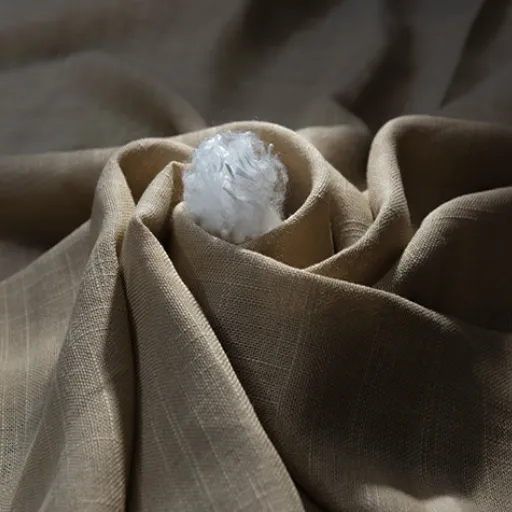
Is Viscose Environmentally Friendly?
Environmental Assessment:
Viscose itself is not environmentally friendly; rather, this depends on the way it is produced. The production of viscose traditionally involves the use of enormous quantities of water, energy, and chemicals, some of which can be hazardous if not correctly managed.
In many instances, the wood pulp used in viscose comes from areas subjected to unsustainable logging, which furthers deforestation and loss in biodiversity.
Environmental Challenges
- High water and energy consumption
- Hazardous chemical usage
- Potential deforestation
- Greenhouse gas emissions
- Toxic waste disposal issues
Improvement Efforts
- Sustainable forest certification
- Enhanced chemical recovery
- Closed-loop production systems
- Renewable energy adoption
- Industry transparency initiatives
Sustainable Practices in Viscose Production
Making viscose production sustainable involves ensuring balanced sourcing of raw materials and minimizing environmental impacts throughout the process. One of the most common methods is sourcing wood pulp from certified sustainable forests. Sustainable forests are managed to ensure that there is no deforestation; these areas also protect biodiversity and ensure long-term ecological sustainability. This approach, therefore, means they do not rely on carpet-bombing methods of logging through semi-natural habitats.
Sustainable Production Methods:
Chemical recovery and reuse, minimal waste discharge
Sustainable forestry practices, biodiversity protection
Third-party verification, transparency initiatives
Finally, there should be transparency and accountability within the industry, going a long way to ensuring sustainable practices become common practice. Certification schemes, alongside third-party verifications, encourage companies to focus on responsible working methods. Raising consumer awareness of how viscose affects the environment and championing sustainable solutions will breed more support. While costs hold high barriers, constant innovative ideas and greater regulation can hasten the growth of an environmentally friendly production system for viscose.
Future Innovations in Viscose Manufacturing
Future innovations in viscose production are focused on ensuring that the environmental impact is minimal while the limitations in production efficiencies are not compromised. The most promising developments are those involving the closed-loop systems wherein chemicals used in one step of the production are captured and reused, lessening the possibility of harmful emissions or waste generation and the requirement for fresh chemical inputs. Through this, the production process remains in control, hence adhering to the philosophy of sustainable manufacture.
Innovation Areas:
Alternative Raw Materials
Agricultural waste and certified wood sources to reduce deforestation impact.
Enzyme-Based Technologies
Simplified processes to reduce toxic by-products and energy consumption.
Renewable Energy Integration
Clean energy adoption in manufacturing processes to reduce carbon footprint.
At a wider level, there exist regulatory measures and cooperative industrial initiatives steering innovation. Governments and organizations are supporting research into greener methods of production and promoting adherence to stricter environmental standards. This makes it attractive for manufacturers to embrace cleaner technologies in water usage and integration of renewable energies in their processes, thereby speeding up the greening of viscose production. When integrated, these innovations will make the industry far more environmentally friendly, notwithstanding the growing global demand for green textiles.
Applications of Viscose Fabric
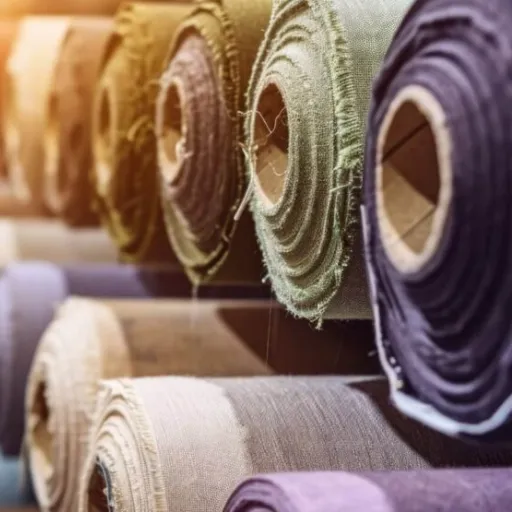
Uses of Viscose in Textile Industry
Owing to versatility and the desired attributes that it possesses, the textile industry accepts viscose fabric. Its velvety, smooth feel, much like cotton or silk, really must be cherished. This makes it a perfect choice for comfort-giving clothes such as dresses, blouses, and shirts. Also, according to the nature of the clothes, it may be worn for more elegant and evening-type wear since it drapes so beautifully.
Apparel Applications
- Dresses and blouses
- Evening wear
- Casual shirts
- Activewear and sportswear
- Accessories (scarves, ties)
Home Textiles
- Curtains and drapes
- Upholstery fabrics
- Bedding materials
- Towels and bathrobes
- Decorative fabrics
In the recent past, activewear and sportswear also have been getting a share of the limelight with viscose. Because of their lightweight and breathable properties, regulation of body temperature during physical exertion is facilitated. Accessories such as scarves and ties also see the use of viscose in the textile industry, where softness and brilliant color retention are imperative. The different applications speak highly of the viscose fabric’s versatility and practicality across different sectors.
Comparison of Viscose Fabric to Silk and Other Fabrics
| Characteristic | Viscose | Silk | Cotton | Polyester |
|---|---|---|---|---|
| Texture | Soft, silk-like | Luxurious, smooth | Natural, comfortable | Synthetic feel |
| Breathability | Good | Excellent | Excellent | Poor |
| Durability | Moderate | Delicate | High | Very High |
| Cost | Low | High | Medium | Very Low |
| Care Requirements | Gentle | Delicate | Easy | Easy |
This versatility that makes viscose an excellent candidate for everything also limits it in a few aspects. First and foremost, unlike silk, viscose cannot insulate much; while it offers some breathability, it cannot approach the ability of cotton in regulating temperature, and second, from the view of tensile strength, viscose is certainly less strong than synthetic fibers like polyester, especially when it is wet. Knowledge of these trade-offs will assist in fabric choice depending on whether cost, comfort, or durability is the priority.
Viscose in Fashion and Home Textiles
Fashion Applications
It is a versatile fiber and has been affordable enough to enter these two textile arenas. It is used in garment production when the garments require soft touch, silky feel, and drapery: dresses, blouses, and linings.
There is also the possibility of imparting very bold colors and patterns in fashion as the ability of the material to absorb dyes is very high.
Home Textile Uses
In addition, viscose is used in home textiles for the making of curtains, upholstery-type coverings, and sometimes for bed linen.
Its comparatively low price makes it an attractive choice for any homeowner in search of a decent-looking material without shelling out costs.
Important Considerations:
Even with their favorable attributes, there are some limitations in applying viscose fibers. It may fade under washing, becoming either too thick or too thin to be comfortable. It also is sure to be less sustainable than several other fibers. These “yet” make the fiber popular, dry balanced between affordability and prestige being fashionable and comfy.
Frequently Asked Questions (FAQ)
References
-
What is Viscose and How Is It Made – A detailed article explaining the viscose manufacturing process, starting from cellulose extraction from wood pulp.
-
Viscose Staple Fiber, Manufacturing Processes, and Properties – A comprehensive guide on the raw materials, processes, and properties of viscose staple fiber.
-
Unveiling the Mystery of Viscose Fabric – A blog post that breaks down the viscose production process in an easy-to-understand manner.
-
What is Viscose Fabric: Properties, How it’s Made and Where – An informative resource on the properties and production of viscose fabric.
-
Rayon – Wikipedia – A detailed Wikipedia entry covering the history, types, and manufacturing process of rayon, including viscose.








